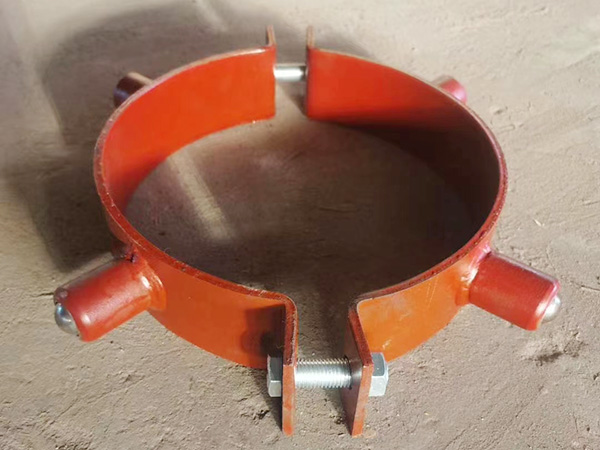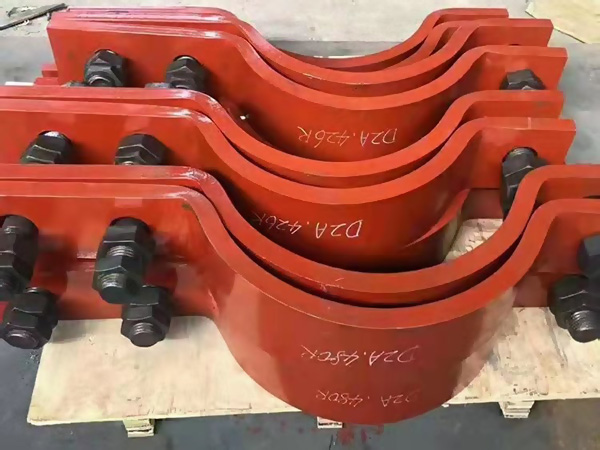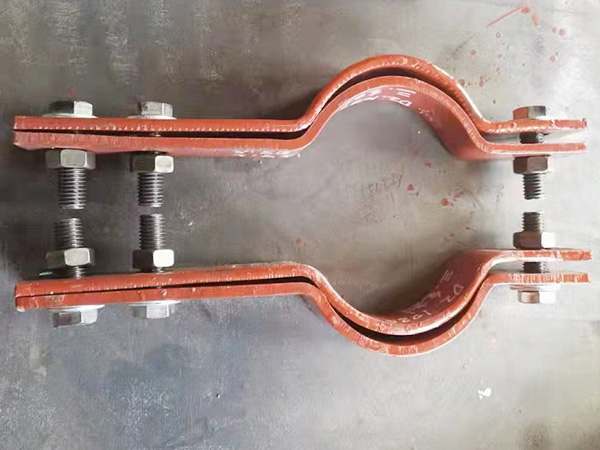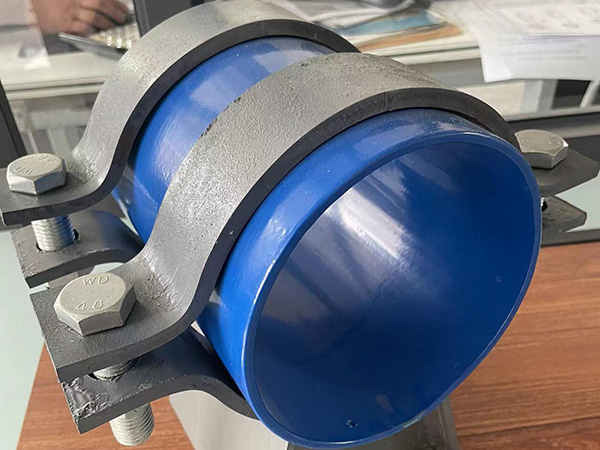Machining Accuracy Issues in Small Precision Flanges
Author:Mingde Time:2025-04-28 22:15:52 Click:142
Small precision flanges are widely used in industries requiring high-performance and tight-tolerance components, such as aerospace, instrumentation, medical devices, and high-precision manufacturing systems. Despite their compact size, these flanges must meet strict dimensional, surface, and alignment specifications. Even minor deviations during machining can lead to functional failures, such as leakage, misalignment, or mechanical interference. Therefore, understanding and addressing machining accuracy issues is critical to ensuring the reliability of small precision flange applications.
1. Tolerance Control
One of the most critical challenges is maintaining tight dimensional tolerances. Small flanges often require fine machining tolerances for features such as bolt holes, sealing surfaces, and internal bores. Minor deviations—even in the micron range—can cause significant alignment or sealing issues.
Causes:
Tool wear or deflection during cutting
Inaccurate setup or workpiece clamping
Thermal expansion during machining
Solutions:
Use high-precision CNC machines and calibrated tools
Implement in-process measurement systems
Apply proper toolpath strategies and minimize heat generation
2. Surface Finish
Precision flanges often require smooth surface finishes on sealing faces to ensure tight connections, especially when used with metal gaskets or sealing rings. Surface roughness that exceeds specifications can cause leak paths or sealing failures.
Challenges:
Achieving consistent surface finish on small parts
Avoiding chatter or vibration during machining
Removing burrs without damaging the flange surface
Solutions:
Use high-quality cutting tools with fine edge geometry
Employ finishing operations like grinding or lapping
Inspect surfaces using profilometers or optical systems
3. Concentricity and Flatness
In small flanges, concentricity between the flange bore and bolt hole circle, and flatness of the sealing face, are key to successful assembly and performance. Poor concentricity or face warping can result in misaligned connections and uneven gasket compression.
Common issues:
Improper fixture alignment during machining
Uneven material removal or internal stresses
Lack of secondary finishing operations
Solutions:
Use precision fixturing and rotary tables
Include final lapping or face milling steps
Perform flatness and concentricity checks using CMM or dial indicators
4. Quality Assurance and Inspection
Because of the tight tolerances required, small precision flanges must undergo rigorous inspection. Conventional measurement methods may not be sufficient for detecting micro-level defects or dimensional shifts.
Solutions:
Implement high-resolution inspection tools such as CMMs, optical comparators, or laser scanners
Use statistical process control (SPC) to monitor production quality
Establish strict acceptance criteria and testing protocols
Conclusion
Machining accuracy in small precision flanges is a significant challenge that requires advanced equipment, skilled operators, and stringent quality control. From tolerance management and surface finish to flatness and concentricity, every detail matters in achieving high-performance results. By adopting precision manufacturing methods and thorough inspection practices, manufacturers can ensure that small flanges meet the demanding requirements of modern high-precision industries.
 Hot Products
Hot Products
 Contact Us
Contact Us
Contact:
Mobile:+86 +86 19133378808
Website:mingdepipe.com
Address:










